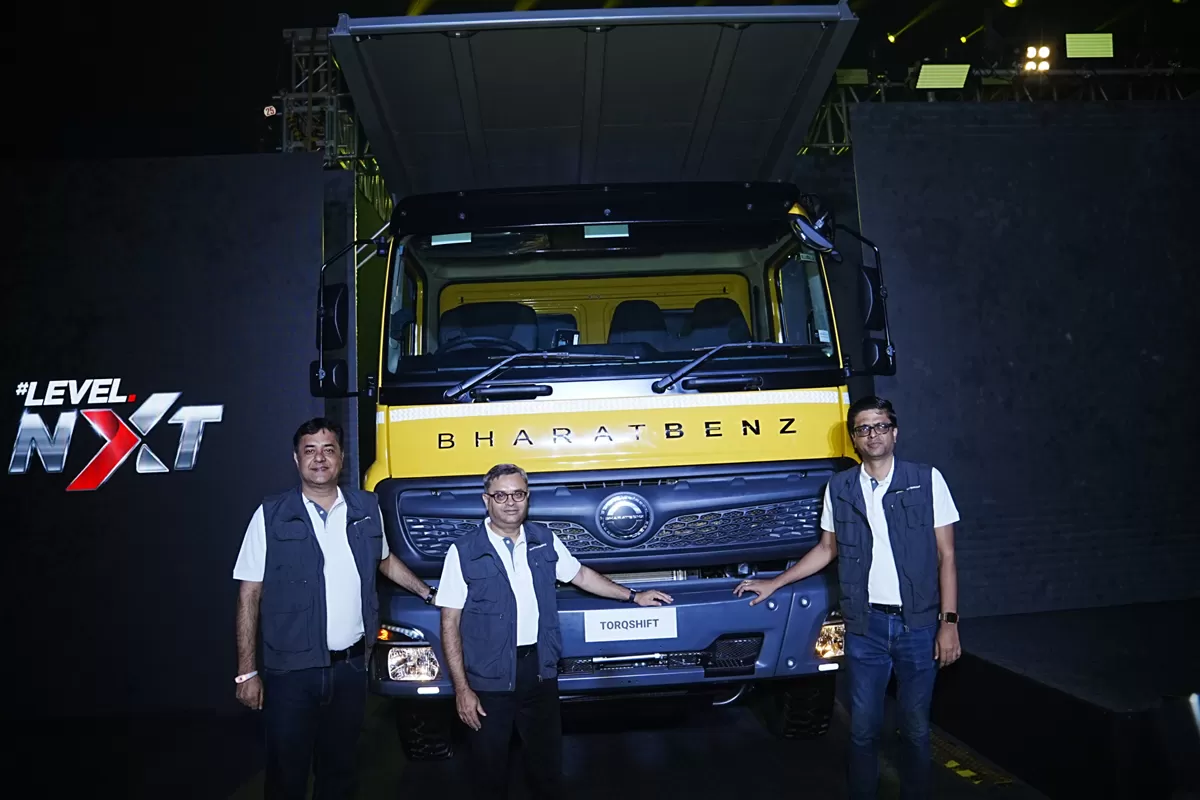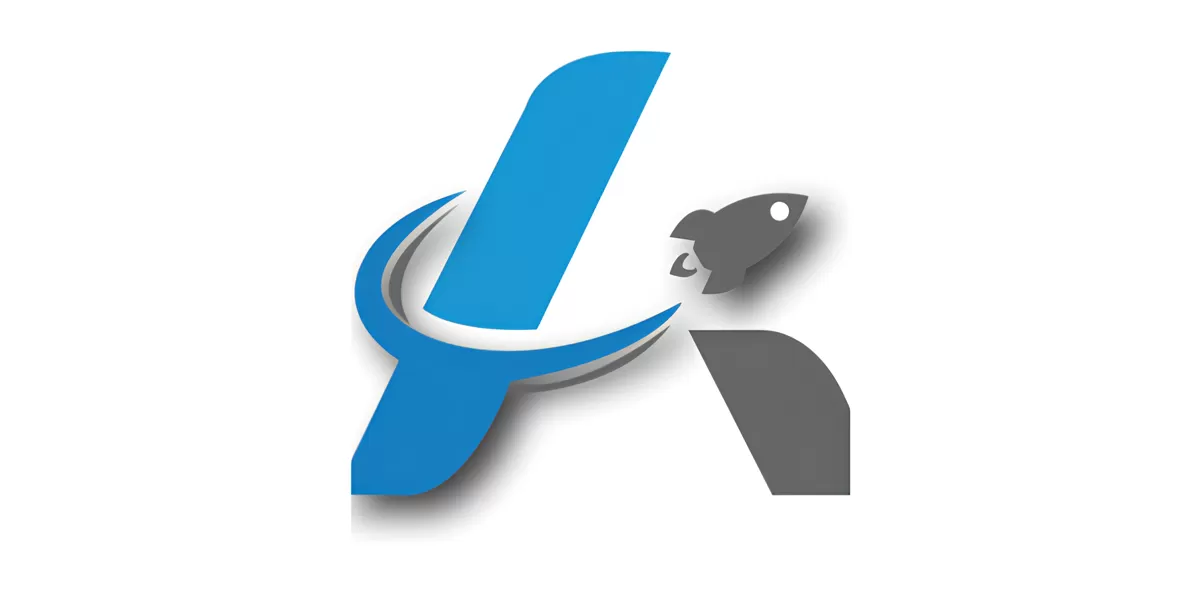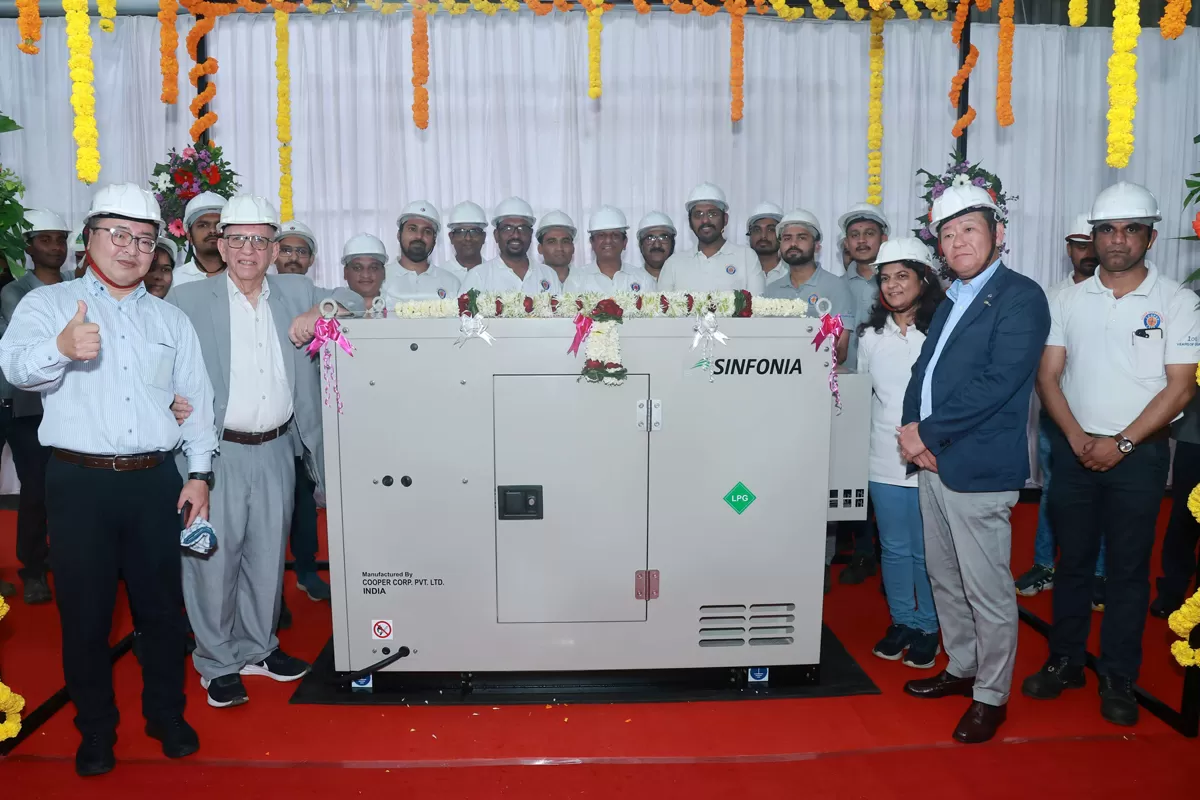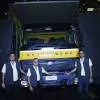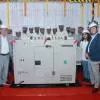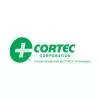What’s driving the Indian market for formwork?“Water-related projects such as dams, irrigation initiatives and water treatment plants, transportation-related projects such as bridges, flyovers, tunnels, roads, and airports, and the development of smart cities are key demand drivers,” says Dilip Mahajan, General Manager, India Operations, Alsina Formwork (India). “In India, aluminium formwork systems are mostly in demand for high-rise residential building projects and, to some extent, commercial projects, where these are a good alternative to conventional formwork systems for offering speedy monolithic concreting with a high quality of concrete finishing,” says Sandeep Naikwade, Manager, Sales & Marketing, Durand Forms India.“The market for formwork is moving but gradually because fewer projects are starting and those that are already underway are progressing very slowly,” says Ketan Shah, Managing Director, MFE Formwork Technology (I), a company that mainly caters to the residential building segment and recently started supplying deck formwork for commercial buildings. However, Shah attests that demand for safety screens for the building perimeter is increasing as companies become more conscious of their responsibility towards the workforce.Growth potentialPERI India formwork has been used for projects such as the Statue of Unity, Mahatma Mandir, Agra-Lucknow Expressway, and the Hyderabad, Mumbai and Bengaluru metros. “We see ample opportunity in the infrastructure development sector, whether it is roads, railways including metro-rail, affordable housing or airports,” says Raj Lakhani, Managing Director, PERI (India). “With affordable housing getting infrastructure status, we see a lot of investment moving in that direction, which will amplify our growth potential.”“Demand for aluminium formwork system is fast growing,” according to Naikwade, who expects the momentum to continue as the number of low-budget housing projects being implemented by the government and private-sector developers increases.In general, Mahajan observes that the demand for advanced industrialised formwork systems is increasing above overall growth in demand for formwork. He expects onsite productivity and safety concerns to grow demand for modular formwork systems vis-à-vis conventional site-made shutters as users prefer formwork that is easy to use with less manpower and saves time without compromising on the quality of output.“Modular formwork is always preferable as formwork manufacturing is not a main business of formwork users,” agrees Sachin More, Head, Formwork, JMC Projects (India).CW takes a look at the formwork being applied for different kinds of projects:Panels for speedier building construction Godrej Properties is using the DFI 500 system from Durand Forms India for Godrej Emerald, a 28-storey residential building in Ghodbunder Road, Thane. “We supplied aluminium formwork for four towers,” says Naikwade.The DFI 500 system can be reused 500 times while the DFI Warrior system from the same supplier can be reused 1,000 times. DFI 500 is better suited for high-rise residential buildings and commercial construction while the DFI Warrior is better suited for mass housing projects. These systems are being used by companies such as Shapoorji Pallonji, Godrej Properties, VBHC, Hombale Group, Tricon Infra Buildtech, etc.With the DFI 500 system, Naikwade shares, “The developer achieved a five to six day cycle per floor, which was significantly shorter than the seven to eight day cycle that could typically have been expected with other formwork systems, because Durand formwork is based on American formwork technology (Western Forms) that involves fewer joints, more stranded panels and has a more durable, user-friendly panel design, which speeds up the work (up to 20 sq m per man a day).”Durand Forms India is a JV of Ahura Mazda Mfg Co, Mumbai, and Western Forms, in the US, with a state-of-the-art manufacturing facility in Sarigam, Gujarat.Road structures can necessitate horizontal and vertical formworkRoad construction necessitates formwork for retaining walls, culverts, tunnels and flyovers (in-situ obligatory span or precast segments). The type of structure is the foremost factor influencing the choice of formwork. “Other factors influencing the choice of formwork are desired finish, site safety needs, targetted cycle times, availability, repetitions needed, weight of the formwork and handling ability, whether single use or multipurpose, repairs and maintenance costs, training cost and client specifications,” says More.When JMC Projects (India) started to implement the Mankhurd flyover project, the structural design majorly influenced the choice of formwork. The horizontal parts of the flyover were to be built with precast segments in some sections and in-situ concrete in others. The formwork had to be chosen accordingly.“We opted for a customised cribs formwork for the in-situ concrete because this formwork suited the site conditions both, technically and economically,” explains More. “We had to work in a confined area with ongoing traffic, so using cribs allowed us greater spans for passing traffic. Cribs formwork can be easily erected and dismantled with the help of a crane and supports a greater slab thickness. There could have been several other options like as deck, shoring or flex formwork; however, we preferred to use our own asset bank.”“For precast segments, custom-made formwork in mild steel is suitable and can be designed as per the desired loading conditions unlike modular panels,” adds More. “This formwork has a two to three-day cycle; it is easy to align and gives the desired finish. It can be best handled with hydraulic systems. As we had to separately cast the peir (column) and the peir cap because of the large size, we needed separate vertical formwork for these elements.” Custom-made formwork in mild steel, which supports greater loads/pressured, was preferred over other modular formwork. This had a two to three-day cycle and necessitated the use of a crane.JMC Projects (India) fabricated all this formwork itself.Slipforms for hydropower projectsHCC opted for slipforms for the concreting of a 115-m-deep surge shaft for the Punatsangchhu hydropower project Stage I, a 1,200-MW, run-of-the-river project in Western Bhutan.“We opted for slip-forming because it enables continuous, non-interrupted, cast-in-place jointless concrete structures that have superior performance characteristics compared to piece-wise construction using discrete form elements,” says SD Jeur, Senior Vice President, Projects, HCC.Slipforms with a three-layered platform structure were used. The entire formwork structure was built in-house. The top platform was used to erect the reinforcement concrete, the middle platform was used for general movement, and the bottom one was used to provide the finishing to the concrete surface.Slipforms have to be in a continuous motion so that the concrete does not stick to them. The speed of this formwork depends on several factors like the weather condition, the amount of concrete poured at a time and the size of the structure. As the slipform can move (slipping rate, usually between 5 and 30 cm per hour) whenever the concrete can carry the load of its weight in the lowest parts of form sheet, the likely concrete setting time was determined based on the weather conditions (temperature, humidity, etc), cement ratio, type of cement, slump and admixtures. Usually, the slipform structure rises up with the daily progress of 0.75 m per day in standard conditions. However, at Punatsangchhu-I HEP, the daily progress harnessed from slipform was at an average of 1 m per day. The concrete lining thickness varied from 850 mm at the top, 1,200 mm in the middle and 1,500 mm at the bottom. Concrete was poured into the forms in layers of about 200 mm.Climbing system helps meet dam construction timelines PERI India recently executed the Kaleshwaram dam project in Telangana. This project was challenging because the dam wall of over 50 m height and 90 m length was to be cast at an inclination of 30º on the downstream side. “We proposed a solution based on the SCS climbing system with single-sided applications, without any tie, with the brackets doubling up as a working platform for rebar fixing, formwork erection and striking,” explains Lakhani. “We helped the contractor (Prathima Infra) achieve the desired speed because the wall formwork and SCS did not need to be dismantled while lifting.” Solutions that accommodate bridge designsFormwork plays a vital role in the construction of long-lasting concrete bridges by providing the support needed by the sensitive intermediate stages of the structure, explains Keshab Chopra, Managing Director, India and SAARC, Doka. “As every bridge is unique, a tailored high-quality solution determined by experts during the design phase is vital. Equally important is the safe repositioning of the formwork and fast access at any height along with optimised cost-effectiveness.”Doka offers a wide range of formwork solutions for the construction of bridges including design, supply, shoring and modular systems for crane-lifted or crane-independent projects. Professional training and the design of solutions help ensure safe handling and site safety. “Bridge-building places very high requirements on the stability of load-bearing towers because they are usually freestanding,” adds Chopra. Doka load-bearing towers are made of welded steel frames and diagonal crosses for high stability. In Mumbai, Hindustan Construction Company erected an eight-lane coastline motorway bridge: The Bandra Worli Sea Link. The centre-pieces of this structure are its two 128-m-high pylons, each consisting of four legs. Owing to the complex fair-faced concrete requirements, Doka’s large-area formwork Top 50 was used here in conjunction with steel formwork.New TechnologiesMFE Formwork Technology (I) has introduced stir friction welding technology to weld stiffeners with the panels comprising formwork. This is a first in India, according to Ketan Shah, Managing Director, MFE Formwork Technology (I), and it is of immense benefit to users. “Stir friction welding makes the product longer lasting. And we are offering the product at no extra cost to the consumer.”DUO from PERI is a universal application formwork system, meaning a single system for walls, foundations, columns and slabs, seen as a potential replacement for conventional formwork. DUO is made of robust techno polymer, a shrink-free material, which develops no moisture expansion and does not rust, and thus, has a long life and can be used for maximum repetitions. PERI has also introduced PERI UP MI, cutting-edge steel shoring and scaffolding technology, in India. Its unique gravity lock technology allows quick, simple and safe assembly, and offers huge time and cost savings.Standard vs. Customised Formwork, plus ServiceProviders of formwork offer customised or standard solutions, or both. All the aluminium formwork supplied by MFE Formwork Technology (I) for projects such as Wadhwa’s Wise City is customised to suit building specifications.“We tend to provide customised solutions for complex projects such as metro stations or cable-stay bridges, in addition to providing solutions for all kinds of buildings such as small, mid and high-rise,” says Keshab Chopra, Managing Director, India and SAARC, Doka.Doka India has provided a customised combination of formwork systems for the construction of underground stations of the Mumbai Metro. Metro projects are complex because of the number of individual contract sections, often involving different methods of construction. Alsina Formwork (India) offers both standard and customised formwork. For instance, for the construction of the pier of the Mumbai Trans Harbour Link project, it has supplied standard formwork (modular formwork Alisply Panel System) as well as customised panels to cater to the desired concrete shape. Additionally, the Alsina Formwork (India) expert site execution team is onsite helping the client increase productivity, shares Dilip Mahajan, General Manager, India Operations, Alsina Formwork (India).Testing Concrete after it is CastClosely allied to formwork is the testing of concrete after it is cast. “Testing concrete is vital because it tells contractors when it is time to remove the shuttering and move on,” explains Keshab Chopra, Managing Director, India and SAARC, Doka. “If contractors knew precisely when the concrete had achieved the desired strength, they could remove the moulds that much faster and considerably save construction time.”Last year, Doka released Concremote, a solution that tests the strength of concrete as it sets, overseas. Now, Doka India is gearing up for the India release of Concremote. “We have had a good response for this sensor-based product in the Europe and the US, and are now looking to fulfil local demand for such a system, says Chopra. “With Concremote, contractors will no longer have to rely on the conventional method of testing set concrete, taking a concrete block and crushing it. The sensors can be placed on a concrete slab of, say, 300-600 mm, and thus be reused, or else inserted into a thicker element such as a concrete raft.”Chopra expects Concremote to find users including contractors, real-estate developers and government bodies. “Concremote will enable our customers to understand how concrete behaves while it is cast, by being a partner in their concreting process.”
